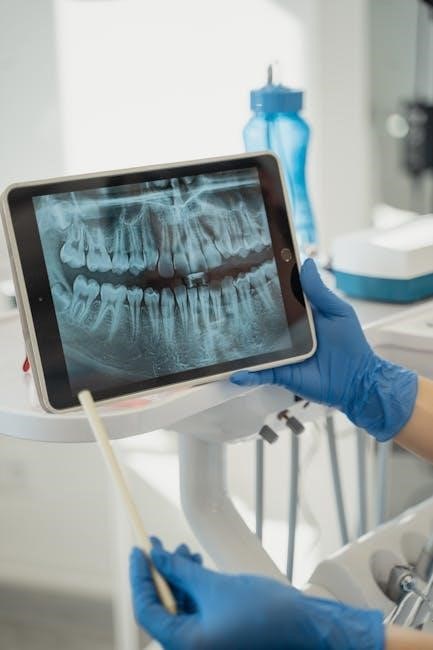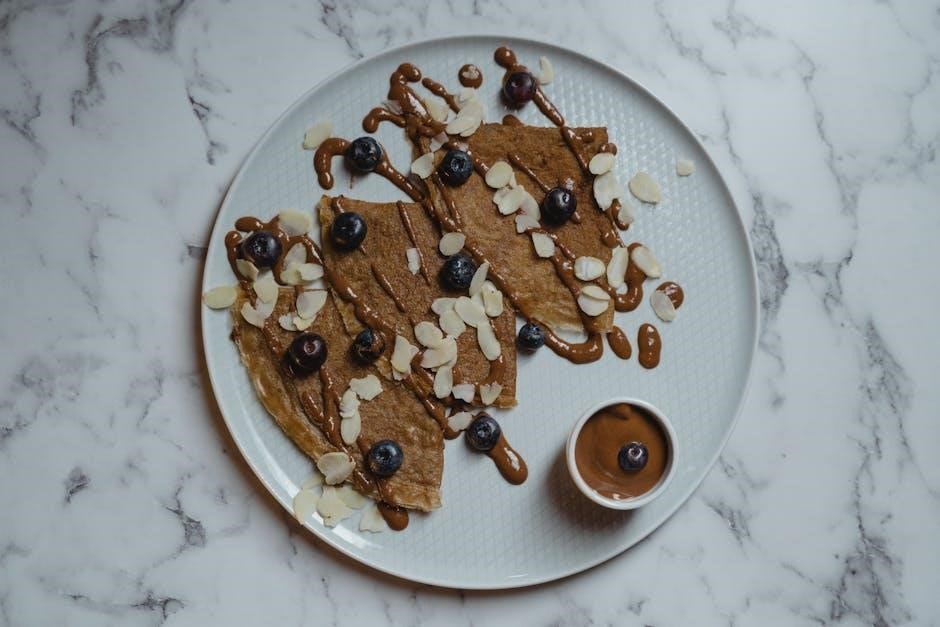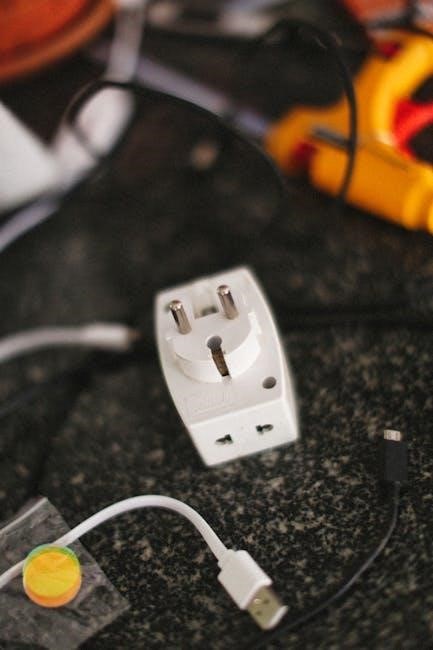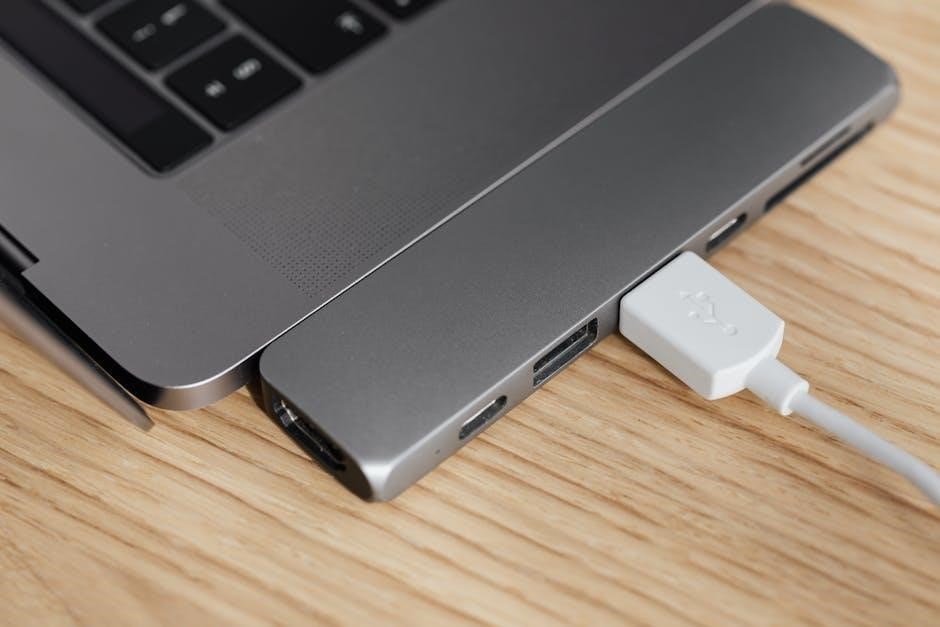One D&D PDF: A Comprehensive Guide (Updated 2025)
One D&D, transitioning D&D 5e to the 2024 edition, offers a digital Player’s Handbook as a PDF. Numerous sources provide access, both free and paid,
with updates as of today, December 17, 2025.
What is “One D&D”?
One D&D represents Wizards of the Coast’s initiative to evolve Dungeons & Dragons 5th Edition, culminating in the 2024 core rulebook release. It’s not a completely new edition, but rather a substantial revision and refinement of the existing ruleset. The project aimed to address player feedback and streamline gameplay, offering a more cohesive and balanced experience.
Initially, “One D&D” encompassed playtest materials released publicly, allowing players to experience proposed changes firsthand. These playtests heavily influenced the final form of the updated rules, demonstrating a commitment to community involvement. The core of One D&D centers around digital accessibility, with the Player’s Handbook being readily available as a PDF, alongside other resources.
The transition to the 2024 edition signifies a significant step in the game’s evolution, offering both familiar elements and exciting new mechanics. It’s a continuation of the D&D legacy, built upon the foundation of 5e, but refined for a modern gaming experience. Accessing the PDF version allows for convenient play, especially for online campaigns.
The Evolution of D&D 5e to 2024 Edition
D&D 5e, launched in 2014, quickly became the most popular tabletop RPG, but continuous refinement was desired. The journey to the 2024 edition, under the banner of “One D&D”, began with addressing player feedback and streamlining complexities. Early stages involved releasing playtest materials as PDFs, inviting the community to shape the evolving ruleset.
Key areas of focus included character creation, combat mechanics, and spellcasting, aiming for greater balance and clarity. The 2024 edition isn’t a complete break from 5e; it’s an iterative improvement, building upon the established framework. Updates to races, classes, and skills were implemented based on playtest data and community suggestions.
The availability of the Player’s Handbook as a PDF facilitated widespread access to these changes, allowing players to experiment and provide further feedback. This collaborative approach defined the evolution, resulting in a more polished and engaging D&D experience. The 2024 edition represents a significant milestone in the game’s ongoing development;
Availability of the D&D Player’s Handbook as a PDF
The D&D Player’s Handbook is readily available as a PDF through official and unofficial channels. Wizards of the Coast offers the official PDF for purchase on platforms like D&D Beyond and through their website, ensuring a legitimate and updated version.
However, numerous websites host free PDF versions, though their legality and source reliability vary significantly. These often circulate as scans or digital copies of older editions. Websites like archive.org and various forum posts may contain links, but caution is advised regarding potential malware or copyright infringement.
As of December 17, 2025, several sources claim to offer the 2024 edition PDF, including links shared on platforms like theo.vanegdom. Always verify the source and consider supporting Wizards of the Coast by purchasing the official PDF.
Legality and Sources for PDF Downloads
Downloading PDF versions of the D&D Player’s Handbook raises significant legality concerns. Obtaining the PDF from unofficial sources often constitutes copyright infringement, as Wizards of the Coast retains exclusive rights to its distribution. While many sites offer “free” downloads, these are frequently unauthorized copies.
Legitimate sources include the official D&D Beyond store and the Wizards of the Coast website, where purchasing the PDF ensures you receive a legal and updated version. Be wary of links found on forums or file-sharing sites, as these may contain malware or outdated content;
As of December 17, 2025, verifying the authenticity of any free PDF is crucial. Supporting the creators by purchasing the official version is the most ethical and secure option.
Free vs. Paid PDF Options
The availability of One D&D PDF options presents a clear distinction between free and paid resources. While numerous websites advertise free downloads of the Player’s Handbook, these often come with risks – potential malware, outdated content, and, crucially, copyright infringement.

Paid PDF options, available through official channels like D&D Beyond and the Wizards of the Coast website, guarantee a legitimate, updated, and secure file. These purchases directly support the game’s development and ensure access to the latest rules and errata.
Considering the potential downsides of free downloads, the investment in a paid PDF offers peace of mind and a reliable resource for your D&D experience as of December 17, 2025.

Content Included in the D&D 5e Player’s Handbook PDF

The D&D 5e Player’s Handbook PDF comprehensively covers everything a player needs to create and advance a character. Core to this is detailed character creation rules, guiding players through ability scores, backgrounds, and alignments.
Extensive sections detail available races and classes, outlining their unique traits, abilities, and progression paths. The PDF also meticulously explains skills and abilities, defining how they function within the game’s mechanics.
Beyond character specifics, the handbook includes rules for combat, spellcasting, equipment, and adventuring. It serves as the foundational document for experiencing the game, offering a complete toolkit for players as of December 17, 2025.
Character Creation Rules
The D&D 5e Player’s Handbook PDF dedicates significant space to character creation rules, beginning with determining ability scores using standard array or rolling methods. Players define their character’s background, influencing skills and proficiencies, and select an alignment reflecting their moral and ethical compass.
Detailed guidance is provided on choosing a race and class, each impacting character abilities and playstyle. The PDF explains how to record character statistics on a character sheet, tracking hit points, armor class, and other vital information.
These rules, current as of December 17, 2025, ensure a structured and engaging process for bringing unique characters to life within the Dungeons & Dragons universe.
Races and Classes
The D&D 5e Player’s Handbook PDF comprehensively details available player races, including classic options like elves, dwarves, and humans, alongside more exotic choices. Each race receives a dedicated section outlining their traits, ability score increases, and unique features, influencing gameplay.
Similarly, the PDF presents a wide array of classes – barbarian, bard, cleric, druid, fighter, monk, paladin, ranger, rogue, sorcerer, warlock, and wizard – each with distinct roles and abilities. Detailed descriptions cover class features gained at each level, spellcasting capabilities (where applicable), and suggested playstyles.
As of December 17, 2025, these sections remain central to One D&D, providing the foundation for diverse and compelling character builds within the game.
Skills and Abilities
The D&D 5e Player’s Handbook PDF meticulously outlines the skill system, detailing eighteen skills categorized under six core abilities: Strength, Dexterity, Constitution, Intelligence, Wisdom, and Charisma. Each skill, like Acrobatics or Perception, is linked to a specific ability, influencing proficiency checks.

The PDF clarifies how ability scores determine modifiers, impacting skill checks, saving throws, and attack rolls. It also explains proficiency bonuses, added to rolls when a character is skilled in a particular area. Variant rules, potentially allowed by the Dungeon Master, can modify these mechanics.
As of December 17, 2025, understanding these skills and abilities, as presented in the One D&D PDF, is crucial for character effectiveness and navigating challenges within the game world.

Key Changes in the 2024 Edition (Compared to Earlier PDFs)
The 2024 edition of Dungeons & Dragons, accessible via PDF, represents a significant overhaul of D&D 5e. Updates address long-standing balance concerns and streamline gameplay. Changes impact character creation, with revisions to races and classes, offering greater customization.
Compared to earlier PDF versions, the 2024 handbook features refined rules for combat, spellcasting, and exploration. The core rules have been upended, with adjustments to various mechanics. The PDF reflects these changes, providing an updated framework for players and Dungeon Masters.
As of December 17, 2025, the One D&D PDF is essential for anyone transitioning from previous editions, ensuring compatibility and access to the latest ruleset.
Understanding Variant Rules in the Player’s Handbook
The D&D Player’s Handbook PDF offers a wealth of variant rules, enhancing customization and tailoring the game to specific preferences. These optional rules allow Dungeon Masters to modify core mechanics, providing a more dynamic and personalized experience.
Variants cover character creation, skills, and combat, offering alternatives to the standard ruleset. For example, players might choose variant traits tied to specific settings like Waterdeep or Greyhawk, enriching roleplaying opportunities. The PDF clearly delineates these options, allowing for informed decisions.
As of December 17, 2025, understanding these variants is crucial for maximizing the One D&D experience, fostering creativity and adapting the game to diverse playstyles.
Navigating the PDF: Table of Contents and Search Functionality
The D&D Player’s Handbook PDF, updated for One D&D as of December 17, 2025, is designed for easy navigation. A detailed table of contents provides a clear overview of the document’s structure, allowing quick access to specific sections like character creation or combat rules.
Most PDF readers support robust search functionality, enabling users to instantly locate keywords, spells, or abilities within the handbook. This is particularly useful during gameplay, streamlining rule lookups and maintaining game flow.
Whether utilizing interactive bookmarks or the search tool, the PDF format ensures efficient access to the comprehensive ruleset, making it an invaluable resource for both new and experienced players of D&D 5e.
Using the PDF for Online Play
The One D&D PDF Player’s Handbook is exceptionally well-suited for virtual tabletop (VTT) sessions and online play. Its digital format allows for easy sharing among players, eliminating the need for multiple physical copies.
Many VTT platforms support PDF uploads, enabling Dungeon Masters to directly reference rules and share relevant sections with players during gameplay. The search functionality within the PDF is invaluable for quickly resolving rules disputes or clarifying character abilities.

Furthermore, the PDF’s zoom capabilities ensure readability on various screen sizes, enhancing the online gaming experience. Utilizing the 2024 edition streamlines gameplay and fosters a collaborative environment for remote D&D 5e adventures.
Popular D&D Settings Mentioned in the Handbook
The One D&D PDF Player’s Handbook, while primarily focused on rules, subtly references several iconic D&D campaign settings, inspiring players and Dungeon Masters alike. Mentions of Waterdeep, the Free City, evoke images of urban intrigue and political maneuvering.
Greyhawk, a classic and historically rich setting, is also alluded to, hinting at vast wildernesses and ancient mysteries. The handbook even touches upon Sigil, the City of Doors, a hub of planar travel and otherworldly encounters.
These references aren’t exhaustive setting guides, but rather sparks for imagination, encouraging players to explore these diverse worlds within the framework of D&D 5e and the 2024 edition. They demonstrate the versatility of the ruleset across various campaign styles.
The Importance of the Player’s Handbook for New Players
For newcomers to the world of Dungeons & Dragons, the One D&D PDF Player’s Handbook is absolutely essential. It serves as the foundational text, containing everything needed to create a character and understand the core mechanics of the game. From character creation rules to detailed explanations of skills and abilities, it’s a comprehensive guide.
The handbook demystifies combat, spellcasting, and roleplaying, providing a clear framework for participation. Accessing it as a PDF makes it readily available and searchable, easing the learning process. Whether opting for a free or paid version, this resource unlocks the gateway to countless adventures.
It’s the starting point for experiencing the collaborative storytelling and strategic gameplay that defines D&D 5e and the 2024 edition.
Where to Find Additional D&D PDFs (Beyond the Player’s Handbook)
Expanding your One D&D experience beyond the Player’s Handbook PDF opens a world of possibilities. Numerous resources offer supplementary materials in PDF format. The Dungeon Master’s Guide provides tools for crafting compelling campaigns, while the Monster Manual details a vast bestiary of creatures.

Various settings, like Waterdeep, Greyhawk, and Sigil, often have dedicated sourcebooks available as PDFs, enriching your game with unique lore and adventures. Websites and online communities frequently share links to free resources, though verifying legality is crucial.

Remember to explore official Wizards of the Coast offerings and reputable third-party publishers for quality content. These PDFs complement the core rules, enhancing both gameplay and storytelling within the D&D 5e framework and the 2024 edition.
Troubleshooting Common PDF Issues
Encountering problems with your One D&D PDF is common. PDF reader compatibility is a frequent issue; Adobe Acrobat Reader is generally recommended for optimal viewing. If downloads fail or files become corrupted, try re-downloading from a trusted source, ensuring a stable internet connection.
Clear your browser’s cache and cookies before attempting another download. Occasionally, PDFs may require updating your reader software to the latest version. For persistent errors, verify the file’s integrity by comparing its size to the original source.
If issues persist, consider contacting the source of the PDF for assistance. Remember that unofficial sources may provide incomplete or faulty files, so prioritize legitimate downloads for a smooth D&D 5e experience.
PDF Reader Compatibility
Ensuring compatibility with your PDF reader is crucial for a seamless One D&D experience. While most modern readers support the PDF format, variations can cause display issues. Adobe Acrobat Reader remains the gold standard, offering broad compatibility and consistent rendering of complex layouts found within the D&D 5e Player’s Handbook.
Alternative readers like Foxit Reader or built-in browser PDF viewers may work, but might not fully support all features, such as interactive forms or layered content. If you encounter problems – distorted text, missing images, or inability to navigate – updating to the latest version of Adobe Acrobat Reader is the first step.
Occasionally, specific PDF features require a fully licensed version of Acrobat Pro. However, the free Reader version is generally sufficient for viewing and utilizing the One D&D PDF.
Download Errors and Corrupted Files
Encountering download errors or receiving corrupted One D&D PDF files is unfortunately common, especially with free sources. Interrupted downloads, server issues, or malicious software can all contribute to incomplete or damaged files. If a download fails, attempt it again, preferably during off-peak hours to reduce server load.
If the PDF opens but displays errors, garbled text, or missing pages, the file is likely corrupted. Try downloading from a different source, verifying the file size matches the expected value (if provided). Scanning the downloaded file with antivirus software is also recommended to rule out malware.
For paid PDFs, contact the seller for a replacement. Avoid downloading from untrusted websites, as they may distribute intentionally corrupted files.



























































































